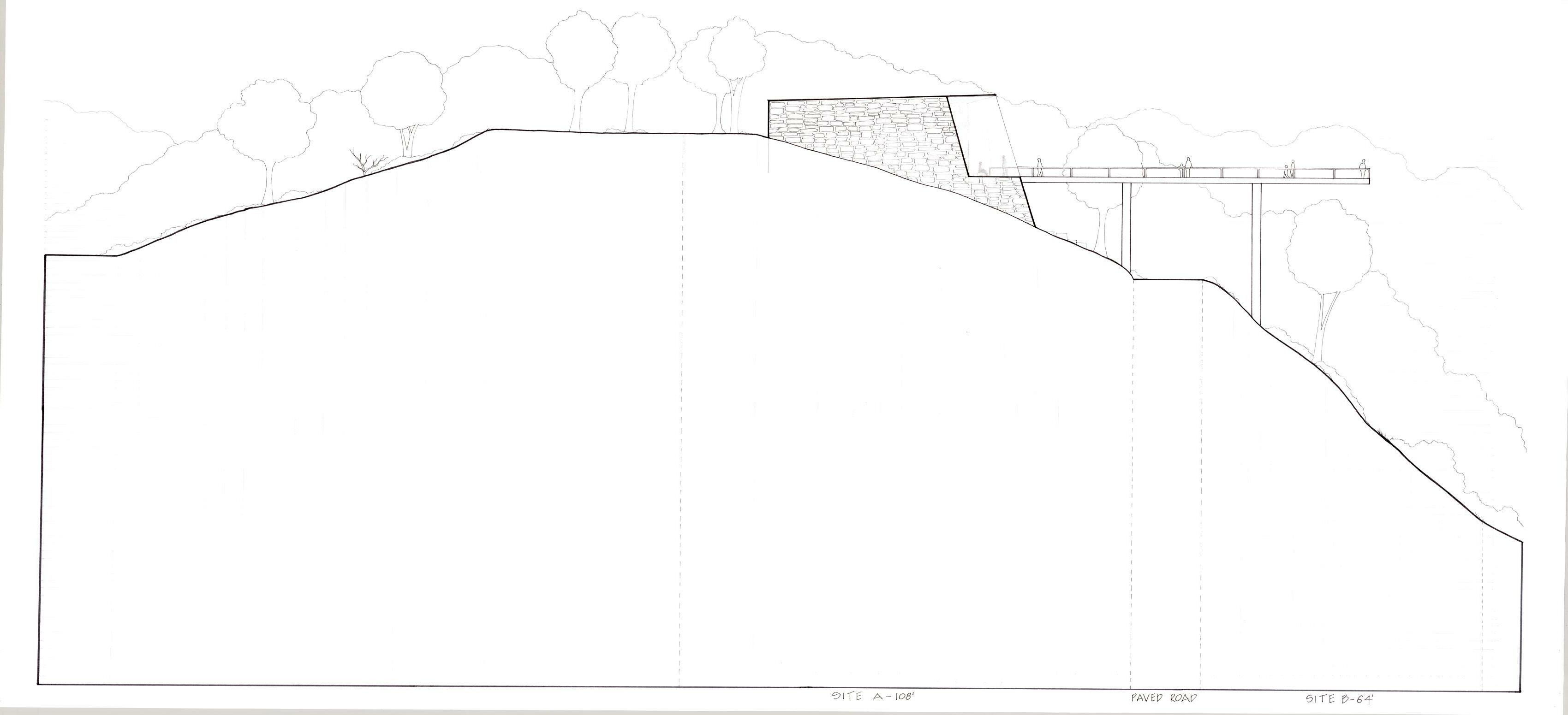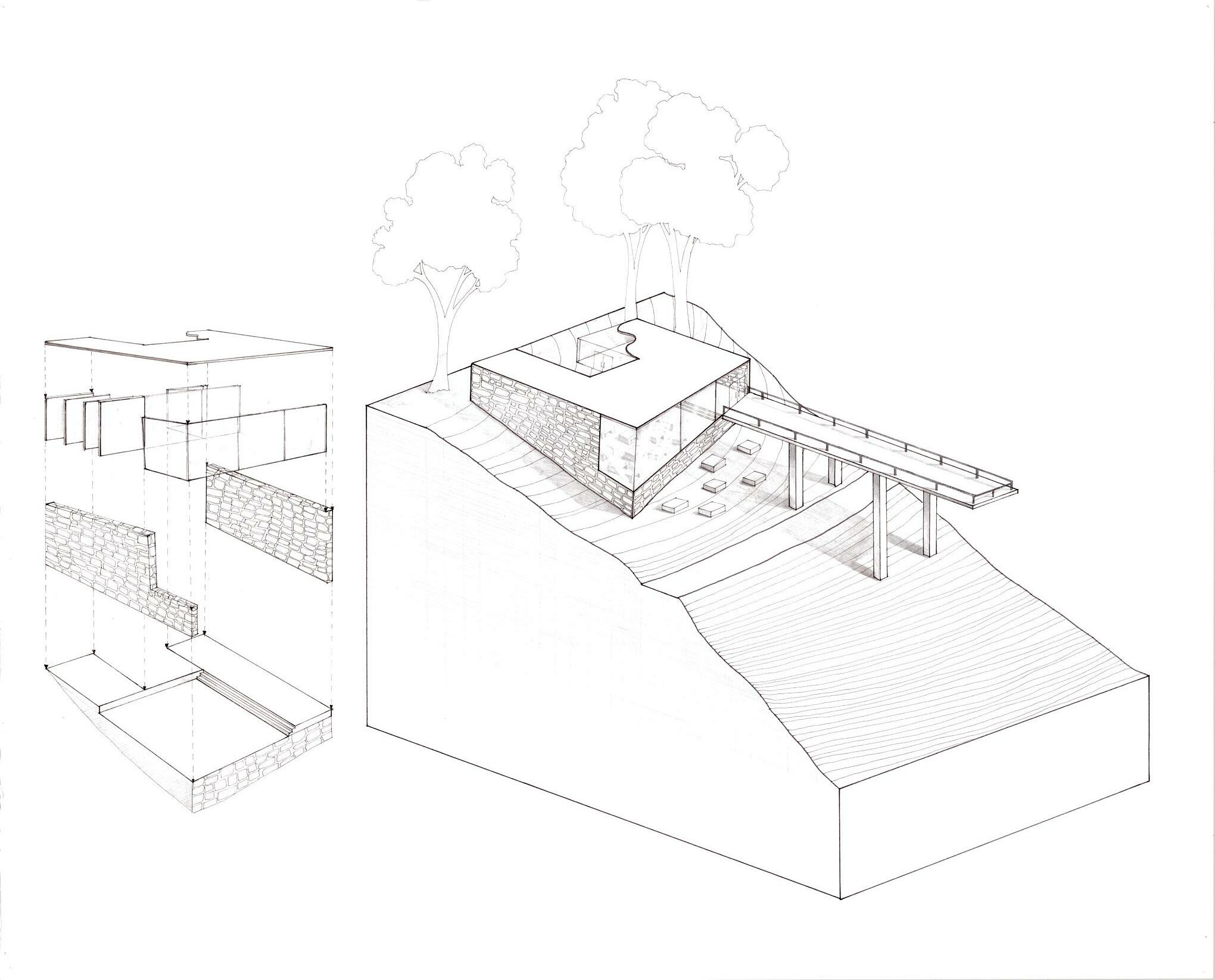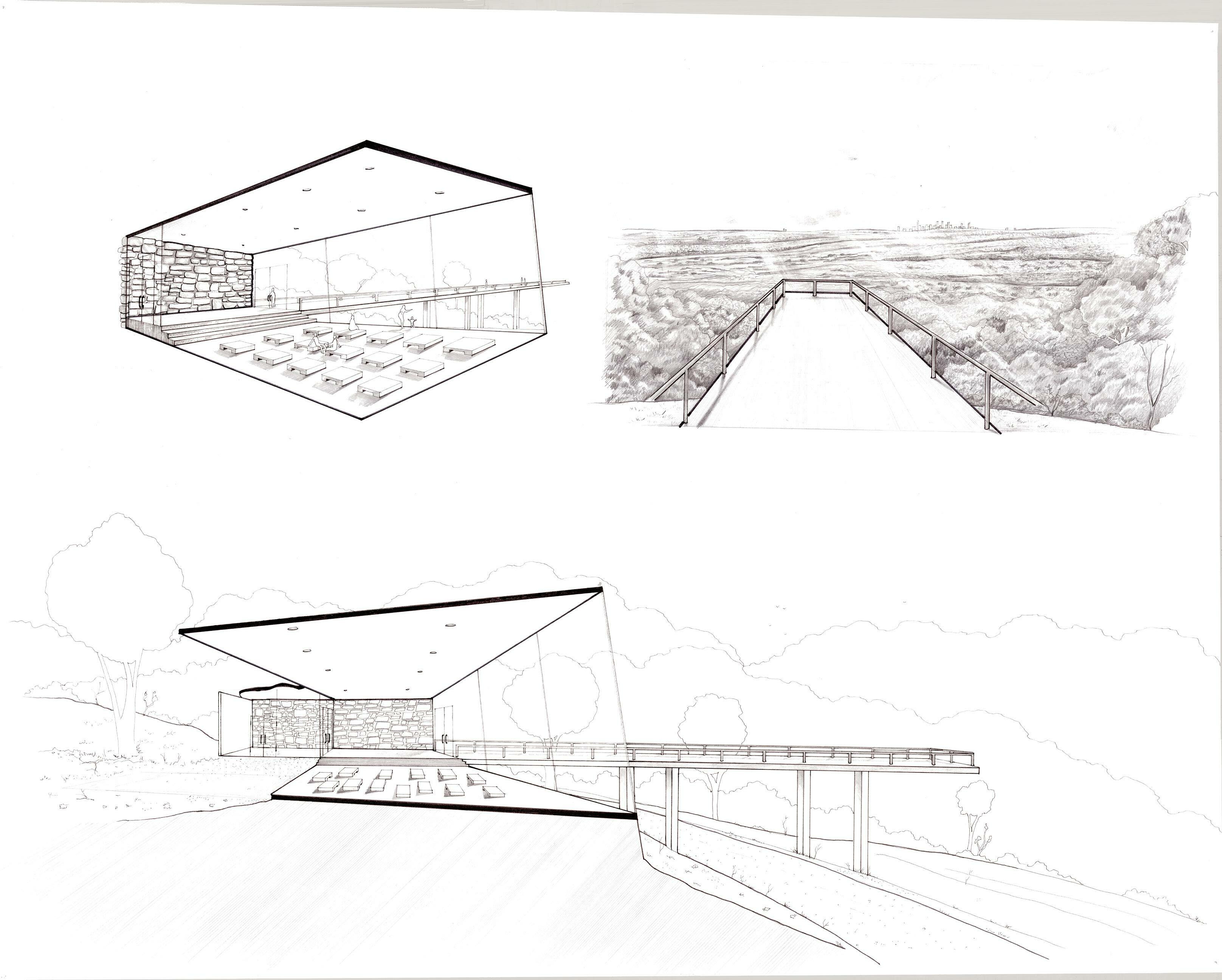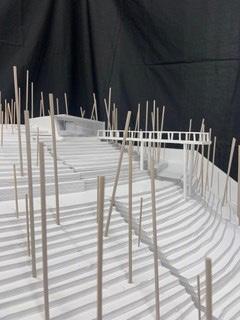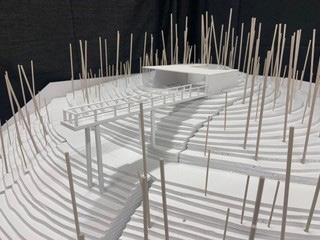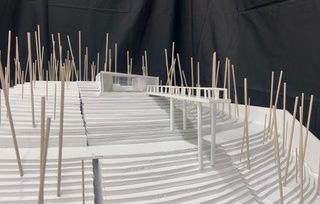
RIVERFRONT TERMINUS THE PRESENCE OF ABSENCE
WATER RESEARCH CENTER SACRED SPACE
1-4 5-8 9-14 15-18



1-4 5-8 9-14 15-18

In the field where the practice is very much about sharing, collaboration and engagement, my skills and interpersonal relationships continually improve. My learning experience allowed me to approach each case as a unique entity and incorporate my strengths into providing individualized solutions in an active, creative and intellectual manner. My passion and curiosity for architecture comes from my past experiences and compassion for people, where I believe everyone deserves sensitive and understanding spaces. My college experiences in particular have stimulated my willingness and desire to improve both as a student and individual. While I learn more about the world around me, I find more meaning in what I do, and looking to the future, I confidently say that I am eager to leave a mark of my own. As we all interlinked between feelings, struggles, dreams, hopes, I am determined and committed to continually question, develop, and revisit the meaning of this profession.

As a growing metropolitan area, the city of Nashville recognizes that a thriving mass transitsystem is critical for a thriving urban core. As such, the city has recently committed torevisioning public access and transportation in and around Nashville with a new, multi-modalmass transit system, including a revamped train system, bus system, as well as a new watertaxi system that will travel up and down the Cumberland River. Transportation is envisioned tobe free for minors, and low fare costs for adults.As a symbol of Nashville’s new commitment to revisioning public access and transportation inand around the city, the first redevelopment of this ongoing project will be “Broadway: RiverfrontStation.” This initial project is to be the face of the new initiative, a featured space with retail,outdoor space, and a farmer’s market, catalyzing the energy of this urban intervention and willalso serve as an opportunity to redesign the cultural landmark of where Broadway begins onFirst Avenue. This project will serve as a new cultural landmark forthe city as a complimentary addition to the downtown Broadway corridor while also addressingthe city’s parallel movement towards redeveloping the waterfront downtown. As Nashville continues to grow, the site is an opportunity for a unique experiential environment, soomething iconic. The concept for this proposal is two revitalize the riverfront by brinning new energy and exitment. A new gateway to the city fostering a strong community-oriented space and a new transit hub. Throuhg color and scale reinforces the idea of new, modern, city icon leaving its visitors and padestrians to engage with the site.
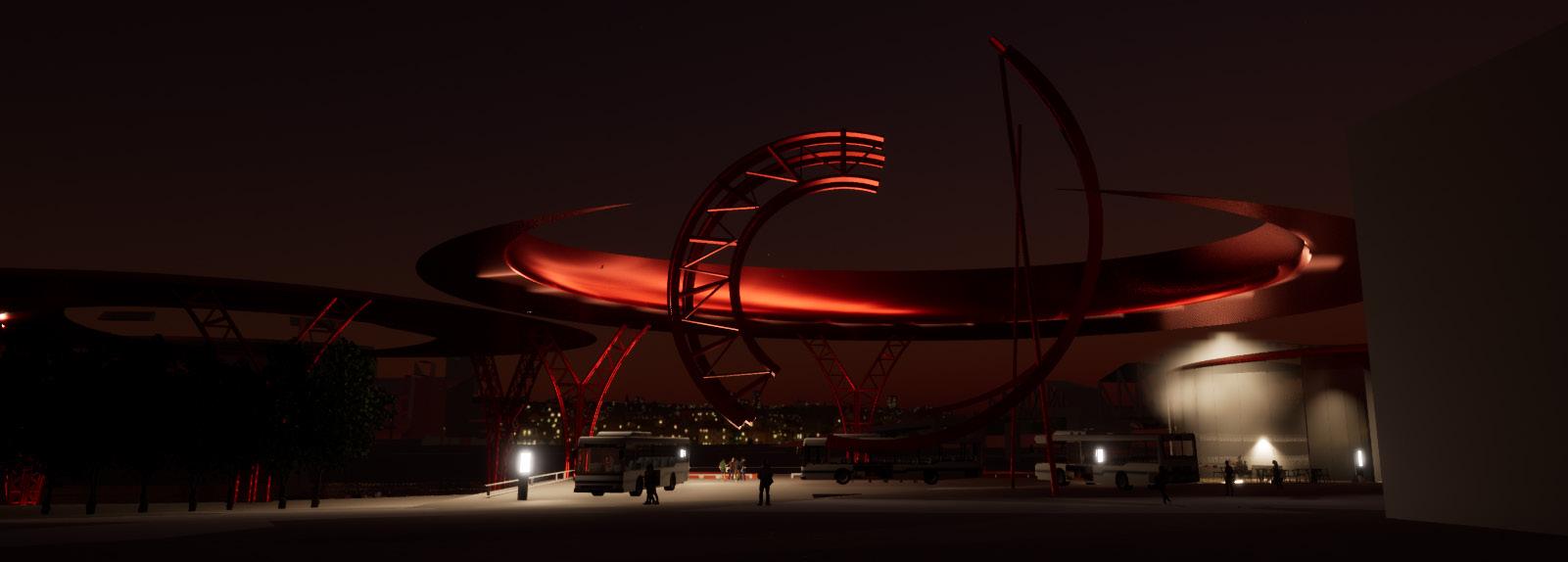

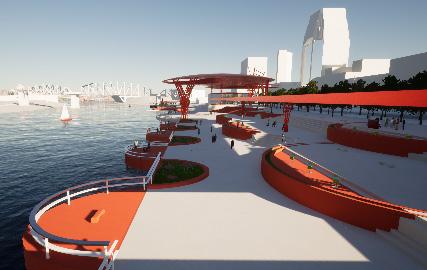

























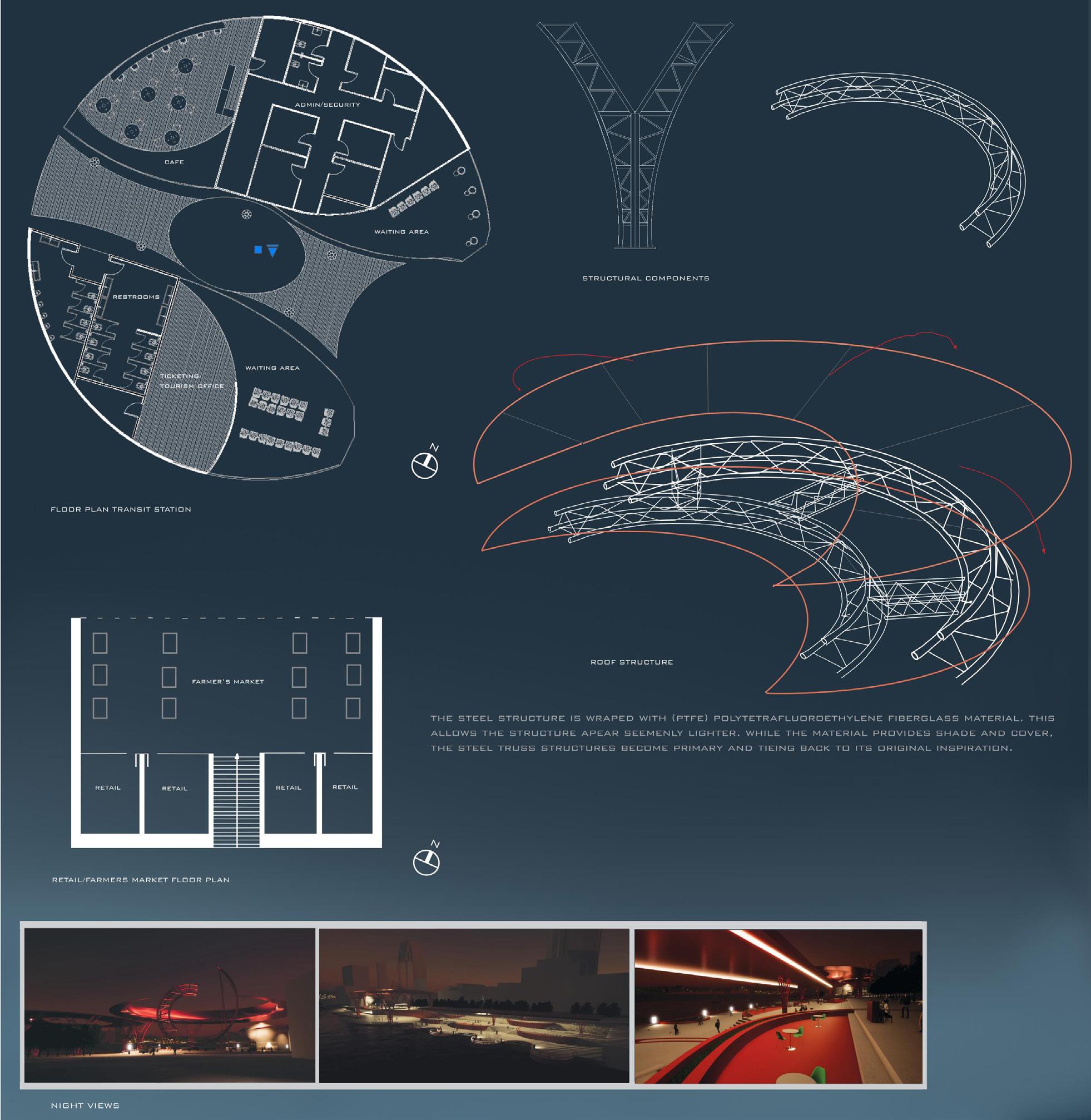

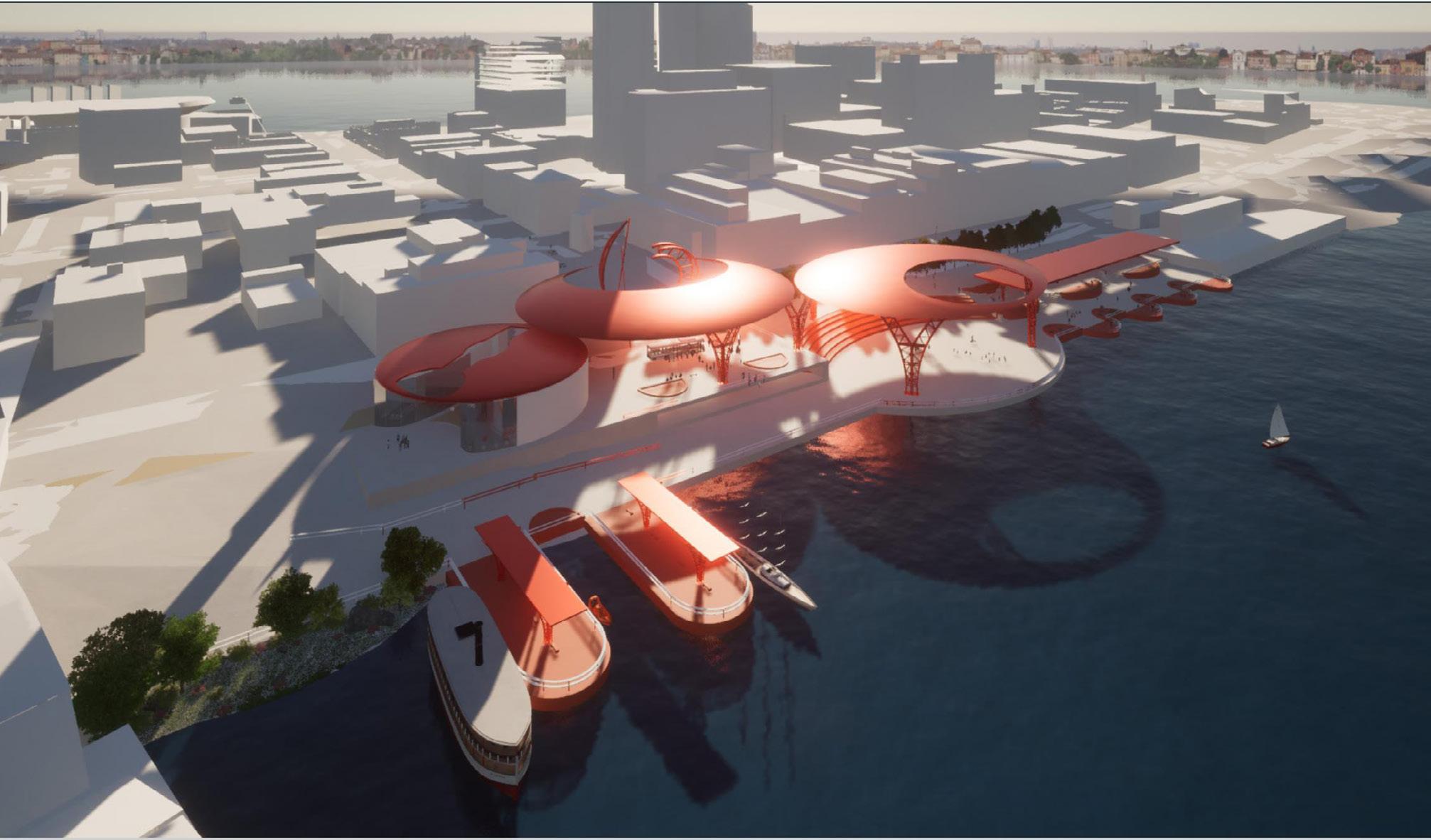

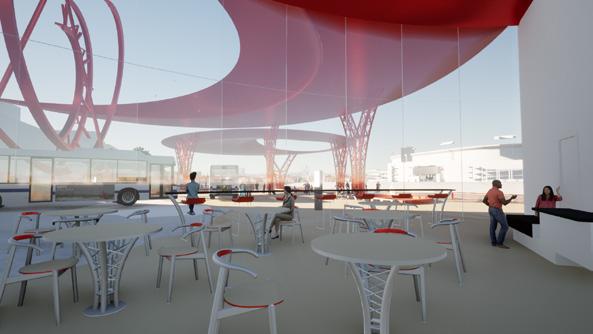



In 1838 and 1839, as part of Andrew Jackson’s Indian removal policy, the Cherokee nation was forced togive up its lands east of the Mississippi River and to migrate to an area in present-day Oklahoma. The Cherokee people called this journey the “Trail of Tears,” because of its devastating effects. The Cherokee faced hunger, disease, and exhaustion on the forced march. Over 4,000 died duringthe removal. The Nashville Trail of Tears Memorial is intended to implore its visitors to reflect on one of the most challenging moments of our nation’s history. Situated on the grounds of the historic Hermitage campus, the Nashville Trail ofTears Memorial sits on the very same land as the home of the president who pushed the Indian Removal Act through congress and ultimately signed it into law. The building will serve as a memorial tothe Cherokee removal, with museum space telling the story of the Trail of Tears, including a never-before-seen, firsthand account of the removal. Memorial will invite one to learn and understand the milestones of Trail of Tears, offering a few contemplative moments, allowing one to connect to the place and initially to the tragic event itself. The setting of the place is meant to evoke the feeling of absence, the loss. And finally, a place that also celebrates the present life of Indiginous communities and their thriving culture, all while remembering their resiliency and strength as they overcame the horrors of Trail of Tears.
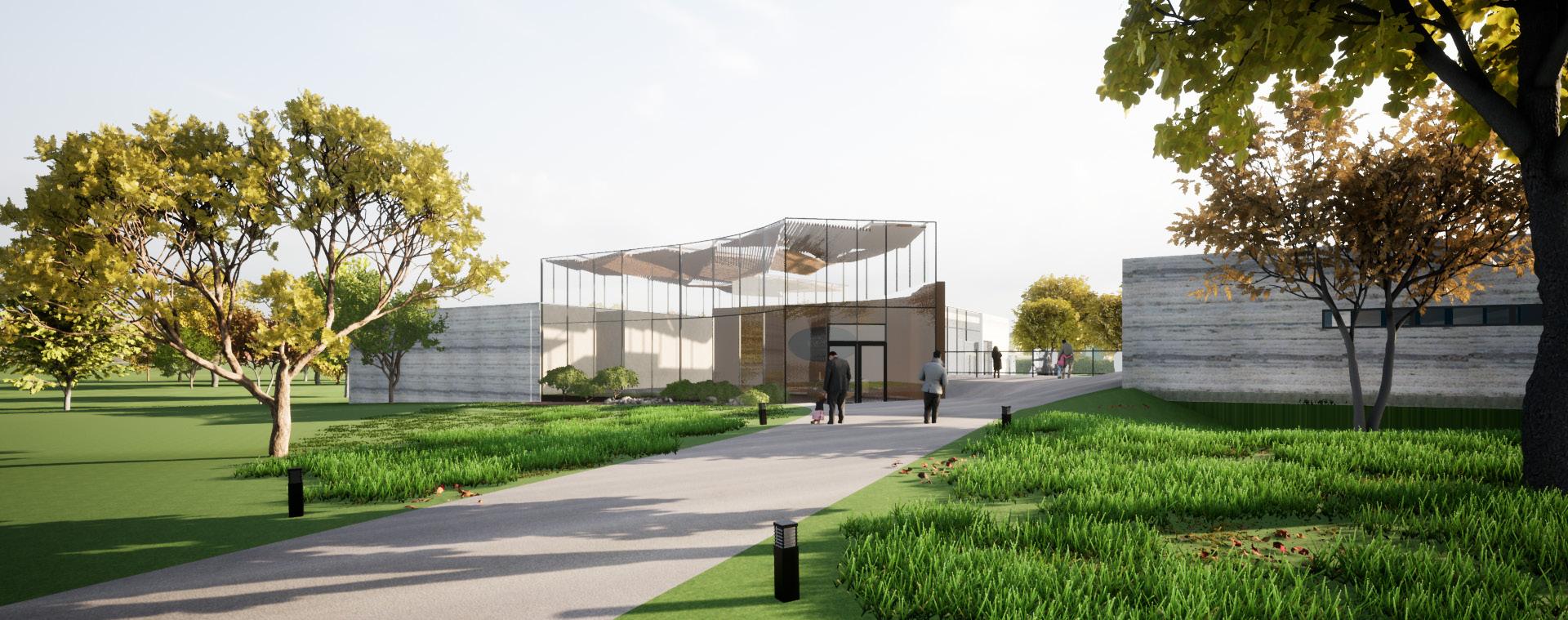
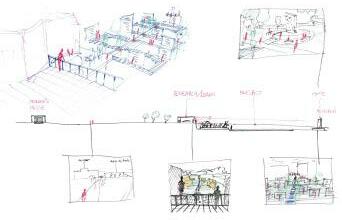
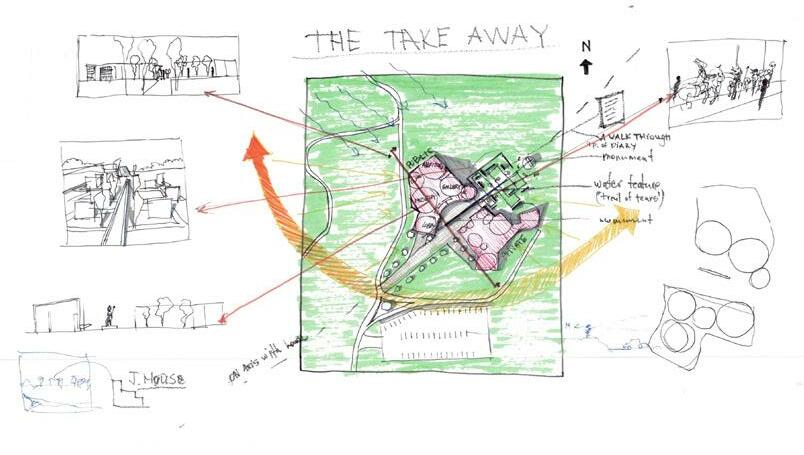
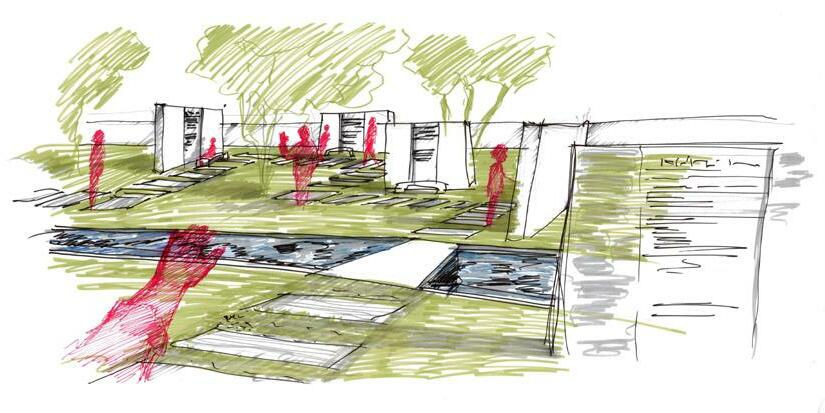
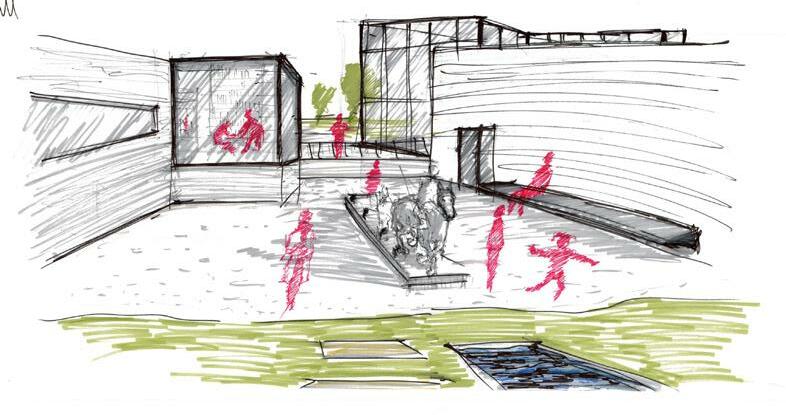







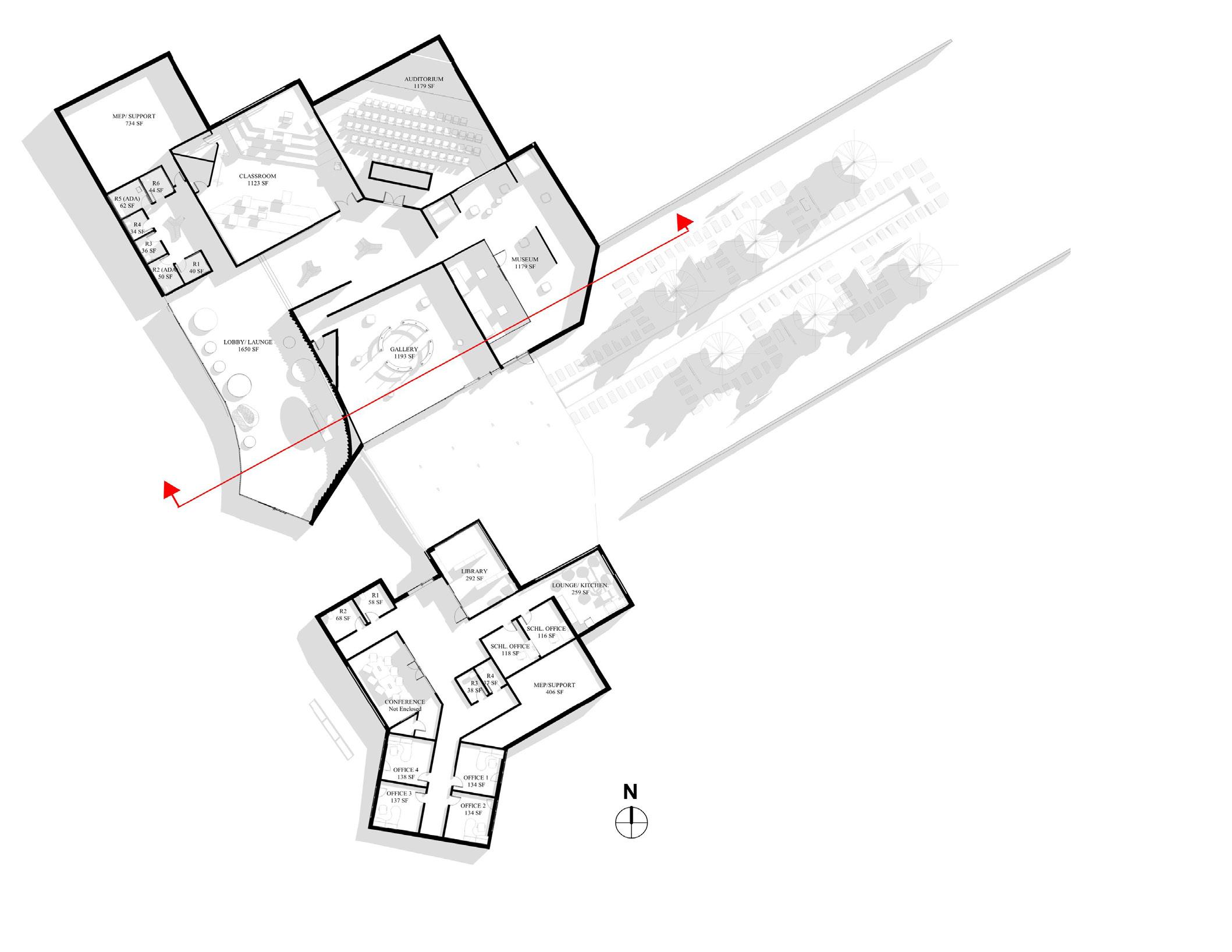
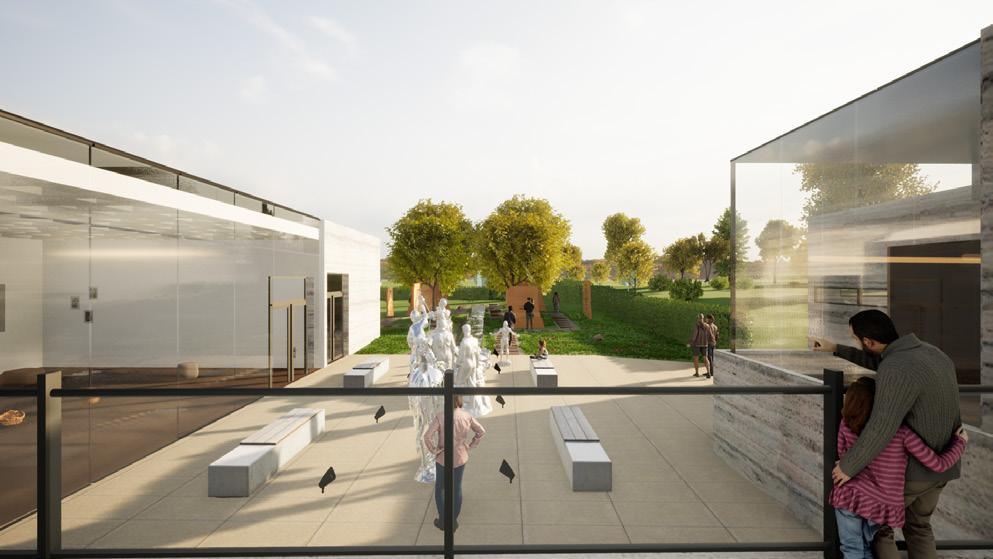
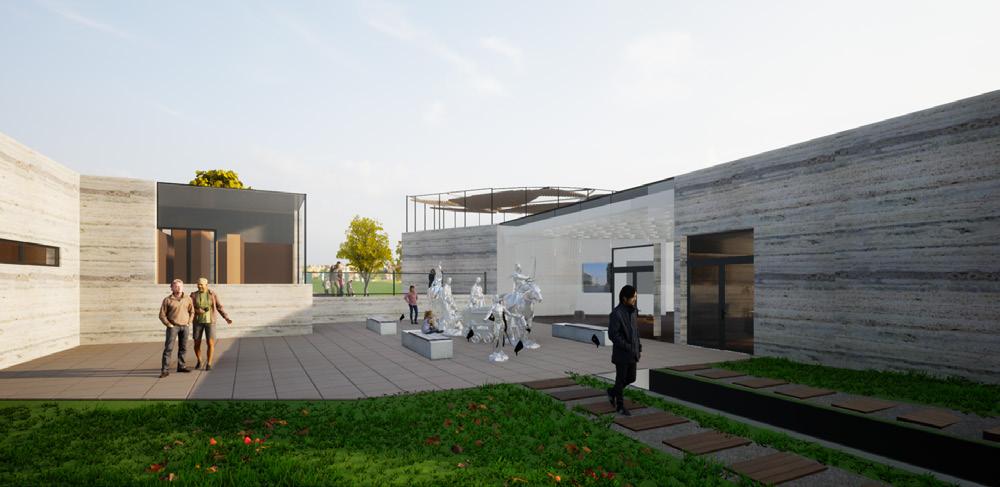
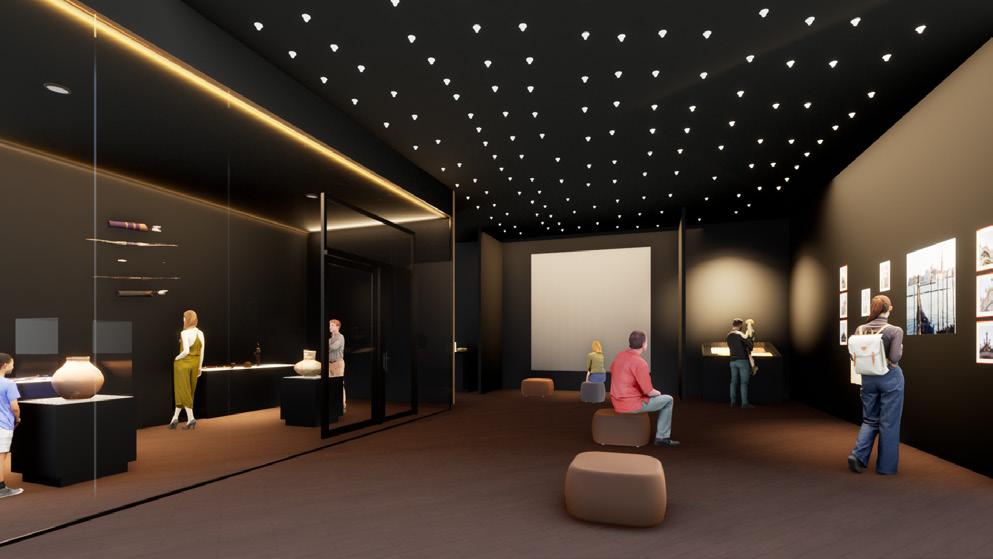
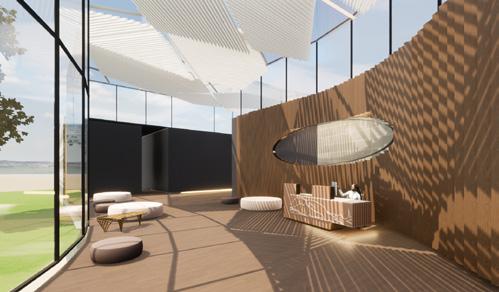
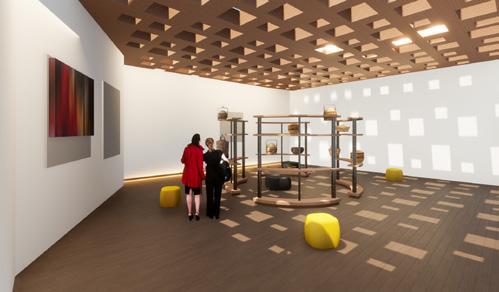

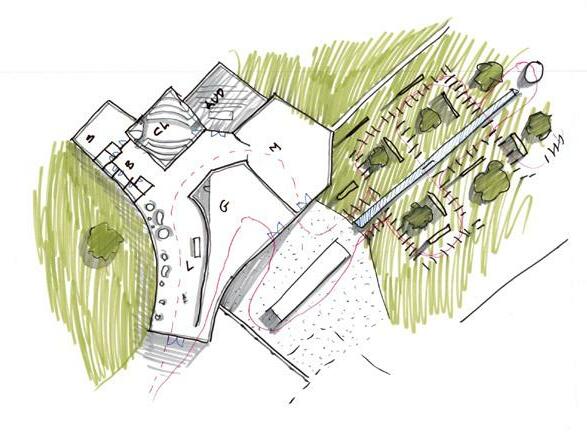

As you walk through display area, which is also the “void”, there are benches to sit and read firsthand accounts ingraved on the walls, then imagine and reflect. You are surrounded with a green wall, which gives a more intimate and meditative sense to the whole ambience. You get the opportunity to connect with the place, with history, and allow the absence of those who lost their lives to be felt.

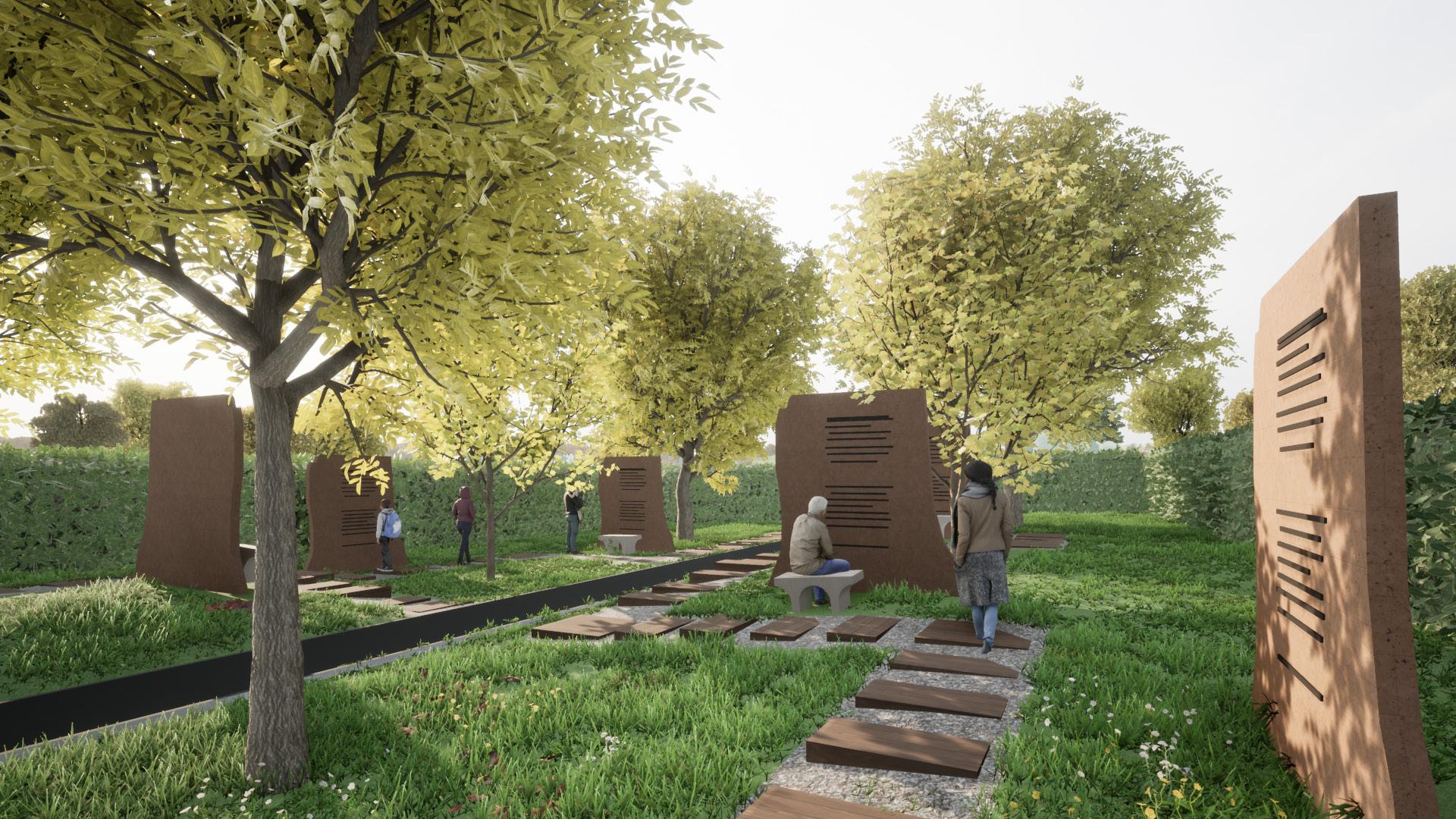
As a state-of-the-art research center, the new Nashville Institute for Water Research will support both research and education about the status of water in our world and local regions. It will draw scientists and experts from around the globe, serving as a collaborative hub for the ongoing research into water sustainability. To inform the public on the work the institute is doing and to encourage individuals and the community to play a part in water sustainability, the museum component of the building will welcome visitors to explore every facet of water from pleasure to politics and everything in between. The challenge was to generate a thoughtful, integrative, and sensitive response to the programmatic, physical, and diplomatic aspects of this project.

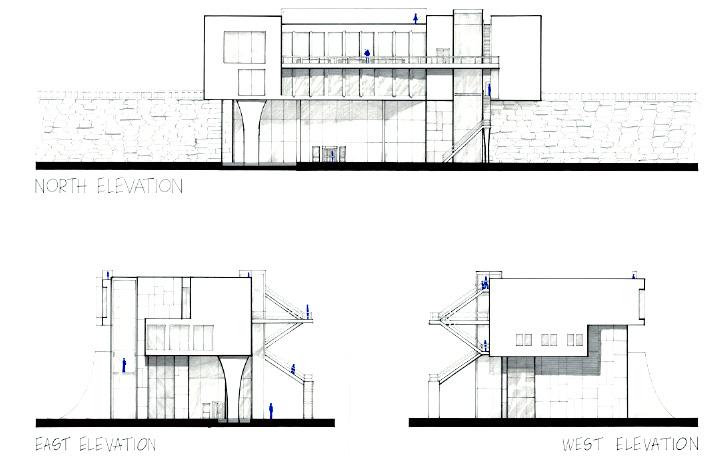
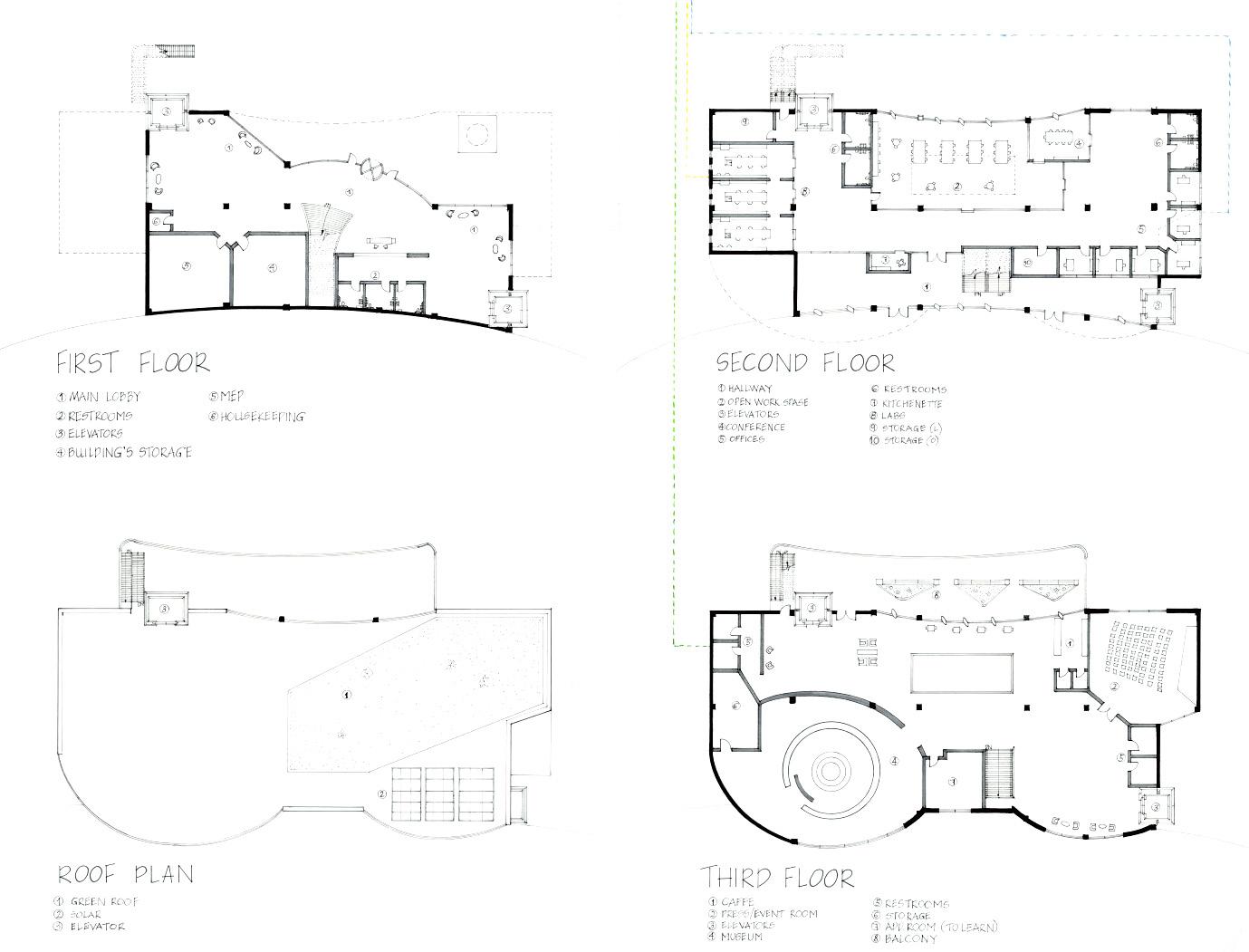
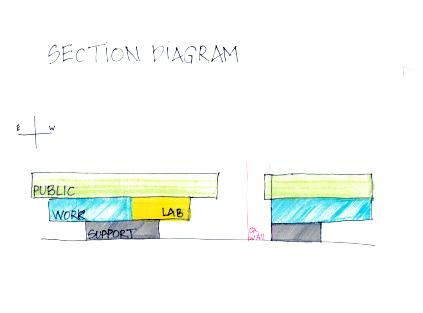
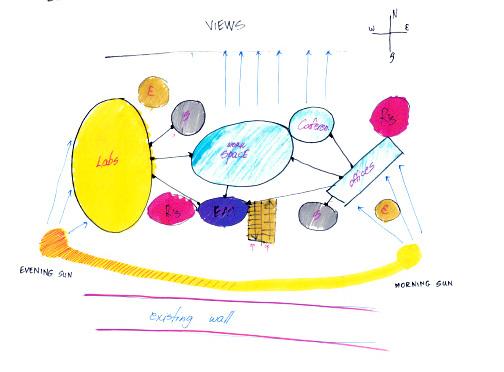
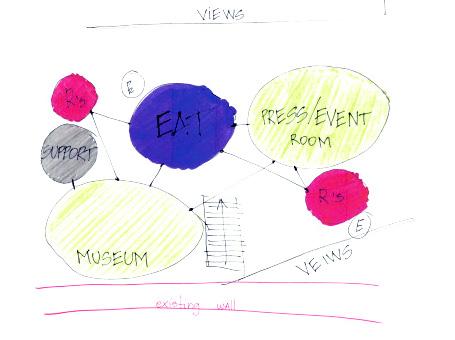
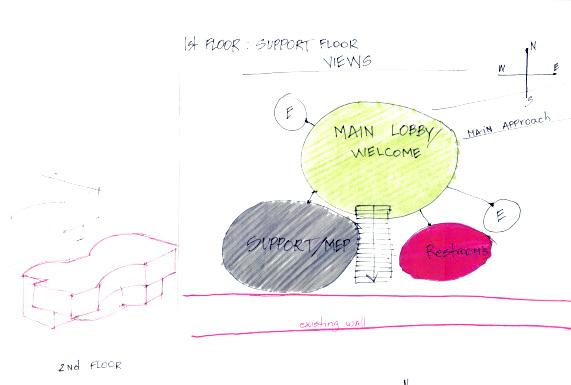
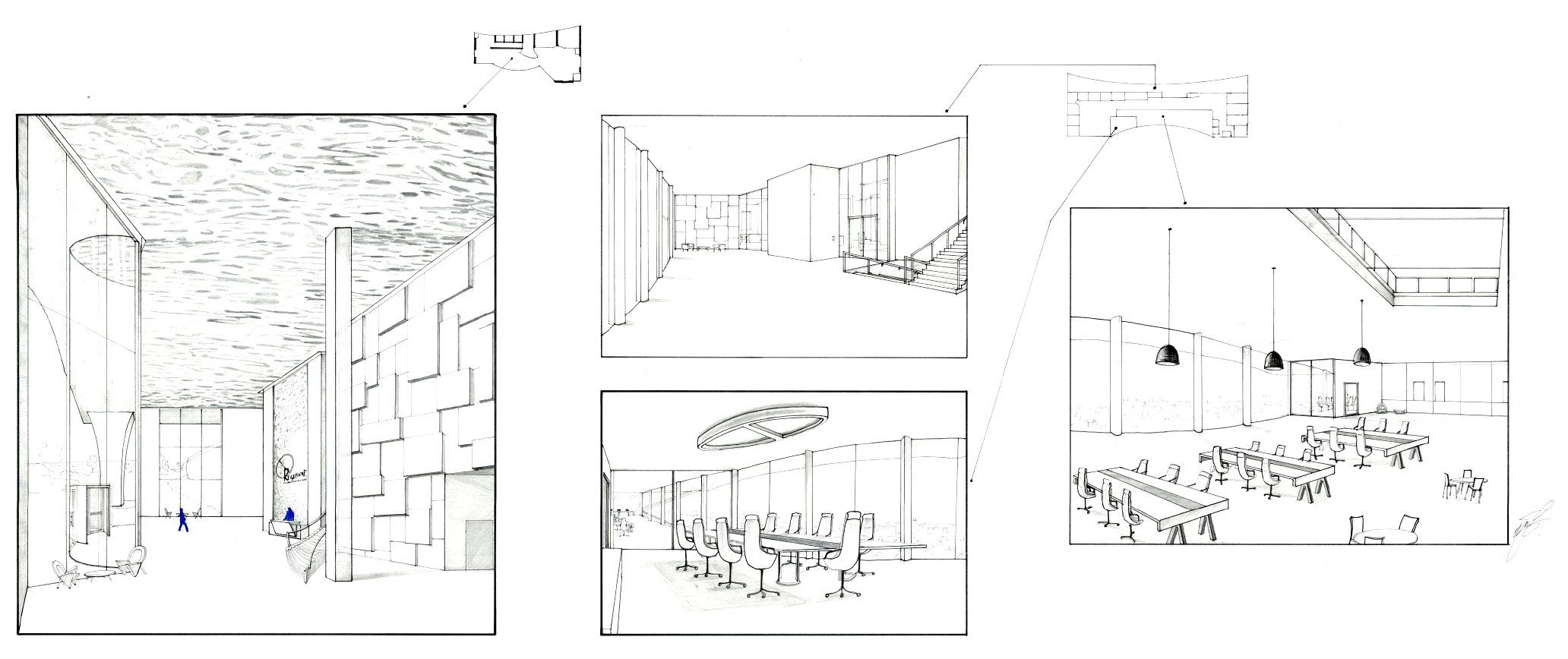
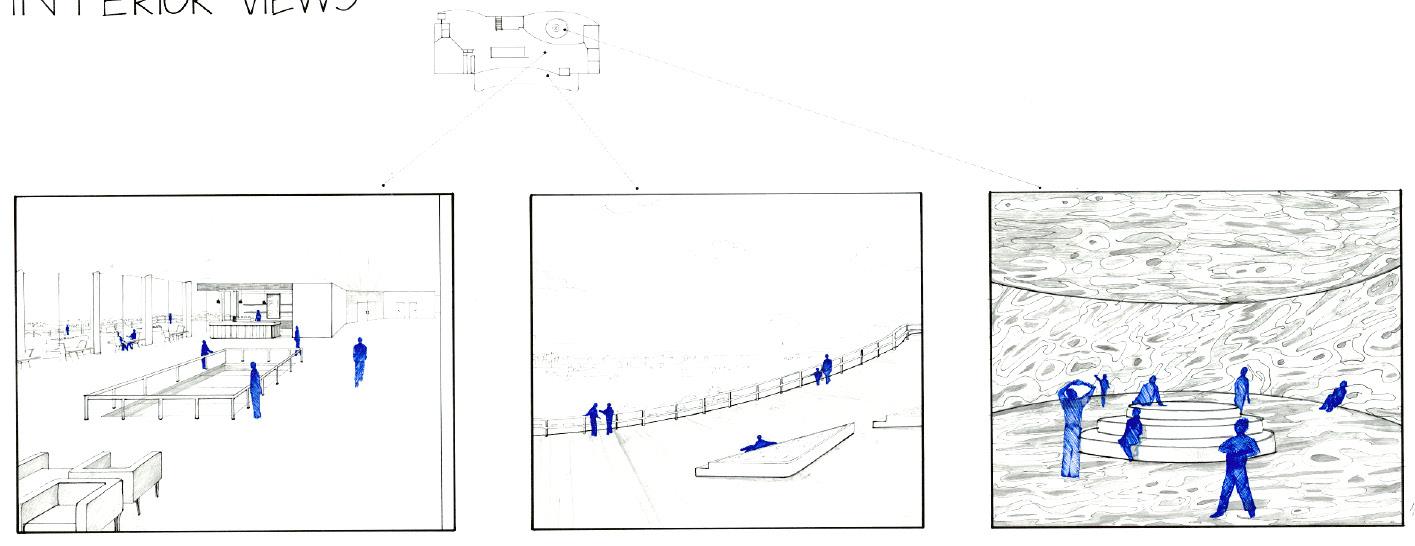

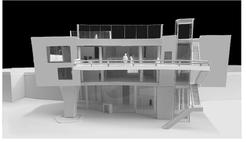
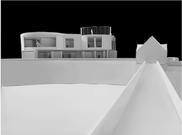
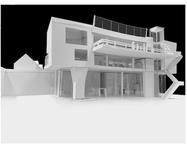


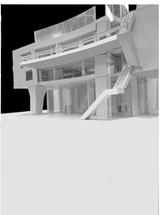
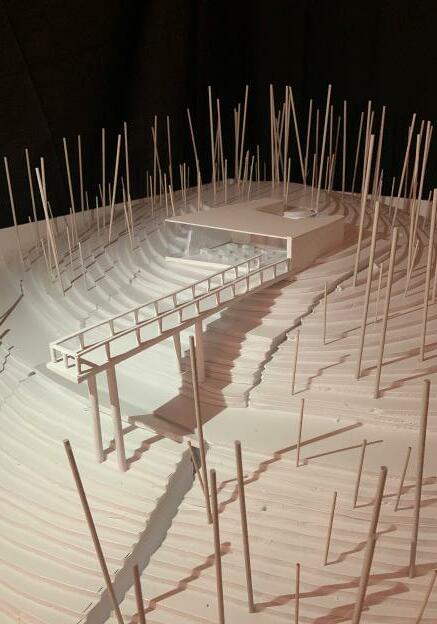
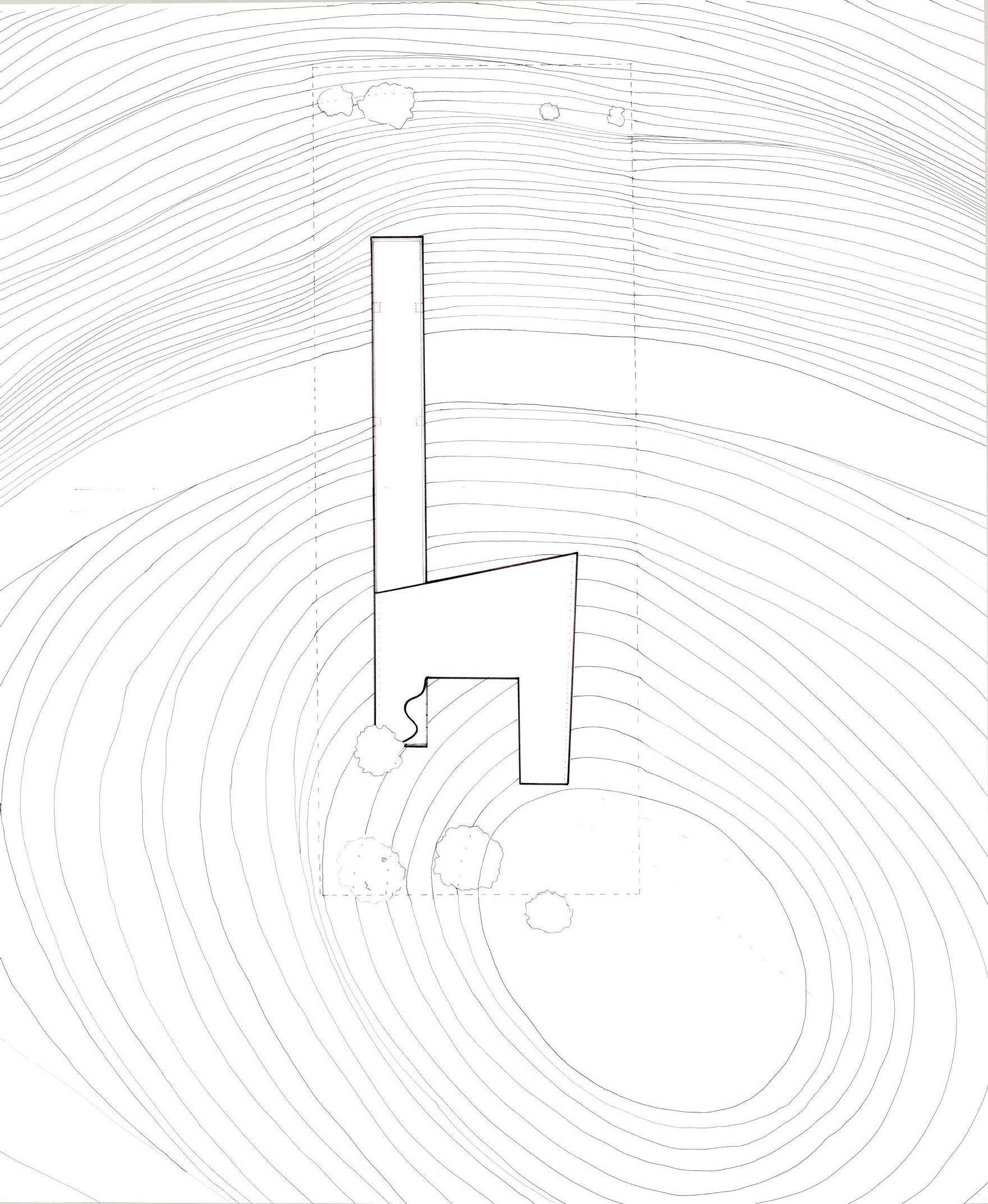
Situated at the Luke Lea Heights Scenic Overlook, Percy Warner Park, Nashville, TN a Sacred Space welcomes local community hickers and new visitors to place of worship, gathering, prayer, and meditation. A place where one can take a moment of rest, a space for contemplation, and opportunity to see amazing views on the city.
